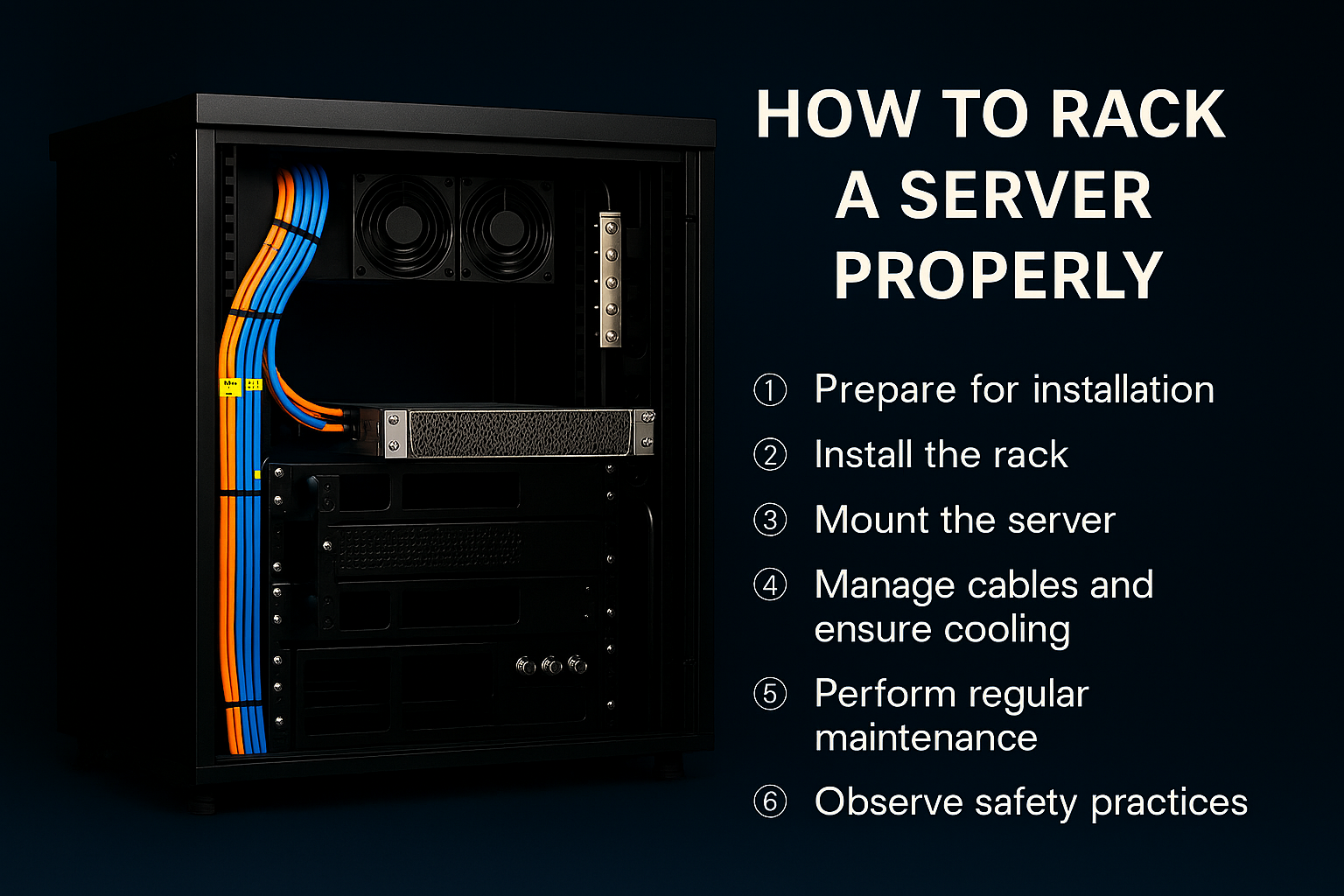
How to Mount Server in Rack: Installation Tips
Servers come as indispensable elements of a network infrastructure. They serve a...
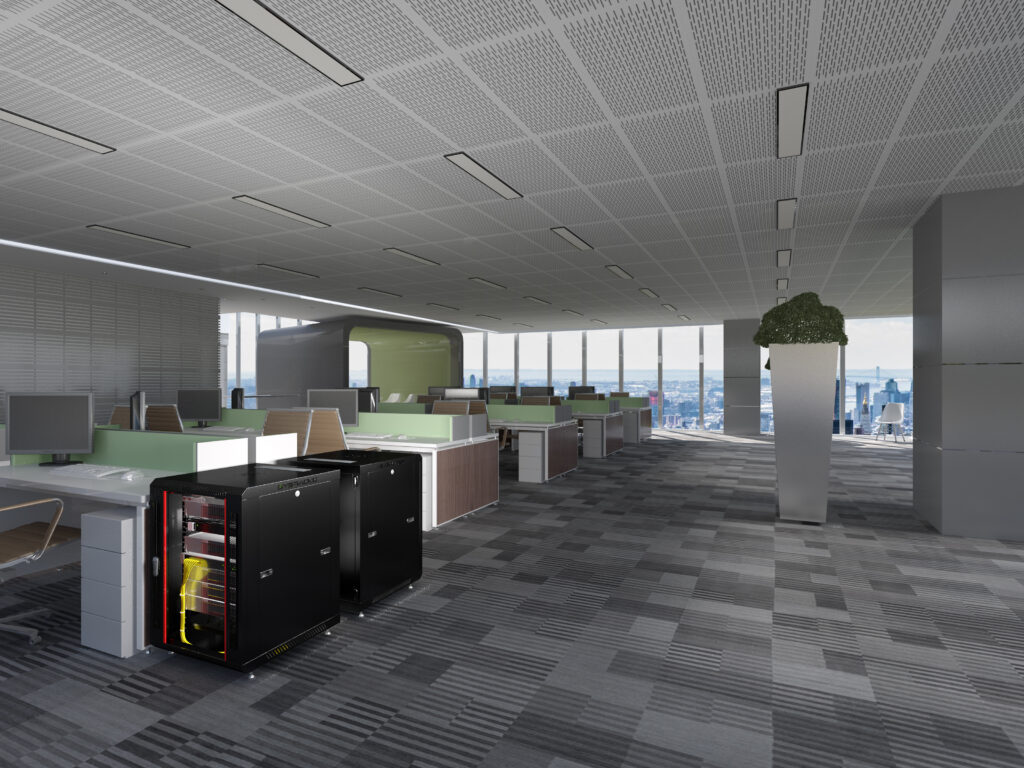
Any business regardless of its size (small, medium, or large) requires at least a small server cabinet to store computing equipment that processes complicated operations and serves as datum storage. While a large-scale enterprise usually allocates a separate room for arranging a data center, for a small-size business, it is enough to have a server cabinet. Yet, it is important to realize how to select a proper cabinet to secure devices and ensure system smooth operation.
The variety of server furniture is great. Modern manufacturers offer multiple models for any purpose and kind of system. Various models are designed for accommodating a different number of devices. Thus, the importance of selecting an appropriate cabinet is determined by the fact that you have to foresee appropriate dimensions to create optimal conditions for system functioning.
To achieve the best result in server room design for small business, take into account the following pieces of advice:
This criterion includes paying attention to the following aspects:
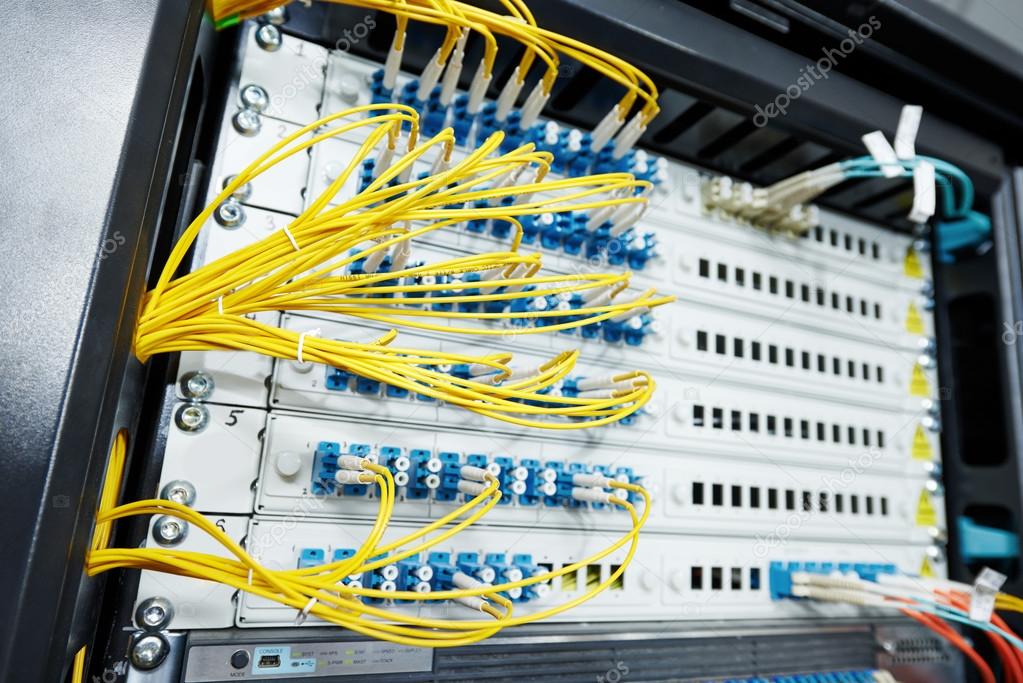
Thus, to begin with, sit down and analyze what scale your business has. This will help understand whether you need a set of server cabinets for a data center or if a small rack is enough for your computing power.
Then, make a list of hardware to be placed in a cabinet to have a clear vision of what size your cabinet should have.
Depending on the previous point, you’ll understand what size of the room you need. Do you need a separate room for accommodating racks or does a cabinet suit your office? At this stage, you clarify all points about location and the needed territory. Here, note that IT hardware emits much noise. Think about whether the system won’t disturb employees and impede their duties.
Once you conclude on these points, you can proceed to the second stage.
This step requires particular attention. To start with, according to the type of body, all server furniture is divided into enclosed cabinets and open-frame racks. If you plan to place the system in public places or offices, then, it is preferable to use enclosed cabinets that provide more reliable security from damage and other external impacts. For closed server rooms, access to which is limited, it is recommended to use open-frame racks since they have more beneficial ventilation properties and allow the natural airflow to freely pass through operating devices.
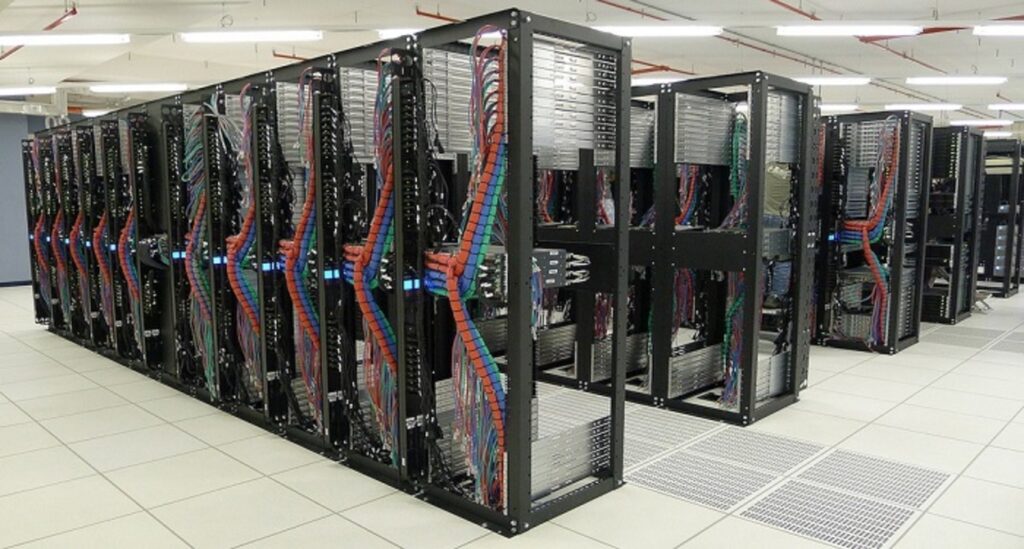
Determining the size of the furniture is the next stop after you decide on the type of the needed body. Here, three dimensions are analyzed. The width is usually uniformed to allow all kinds of network hardware to freely pass through vertical posts. The depth can be different; in open-frame racks, it can be adjusted. Height is the last, and most complicated, dimension. The height of server furniture is measured in units (U). 1U is 1.75 inches. Available rack units are 9U, 18U, 27U, and other rack sizes. Thus, it is necessary to calculate the required furniture height.
To make proper calculations, add the height of all equipment to be placed inside. And, this is not the end! Add a quarter (or even a half) of the obtained result. This will be the actually required height.
Why should you add free space? Here are two reasons for this measure. Firstly, equipment is never placed tightly. System administrators always leave free space to allow the air to pass through operating parts and avoid heat exchange, which results in overheating. Secondly, this solution foresees system enlarging in the future. Thus, you won’t have to buy another server furniture if you plan to add new devices.
Power supply should not be overlooked when designing your business server space. Outages and voltage fluctuations result in myriad problems and data loss. Here are essential considerations:
Network hardware emits lots of heat during performance. Insufficient system cooling will inevitably lead to overheating and downtime. Thus, the issue of system cooling is one of the most crucial ones. Here are several solutions:
If side panels and doors are applied, they are usually perforated.
To connect parts of one system together and power them, wires are used. As a rule, the number of cables within one system totals not just dozens but hundreds. Proper wire management is an obligatory condition that will help achieve better system functioning and easier maintenance. Labeled, colored, and tied cords won’t tangle, and it will be easier for the staff to find the needed wire among dozens of options.
Making a 3D small server room design layout will help visualize the scheme of hardware allocation and define possible problems or miscalculations.
The business should have a reliable connection with the outside world. Make sure that all systems work properly.
The premise should be fire-resistant to ensure the highest level of safety of expensive IT equipment.
Server equipment is vulnerable to all sorts of environmental changes. Rise or fall in humidity or temperature can lead to corrosion, malfunction, or rusting. Thus, it requires satisfying certain environmental requirements in terms of humidity, temperature, and fire protection. Thus, make sure that the chosen premise is fire-resistant and does not have sewer pipes.
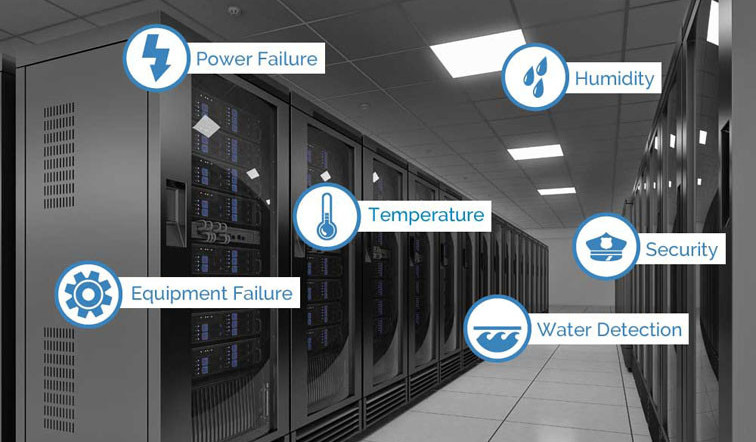
Note that every business owner should get prepared for unexpected situations and have a plan for emergencies. It can save the company from downtime and potential data loss.

Servers come as indispensable elements of a network infrastructure. They serve a...
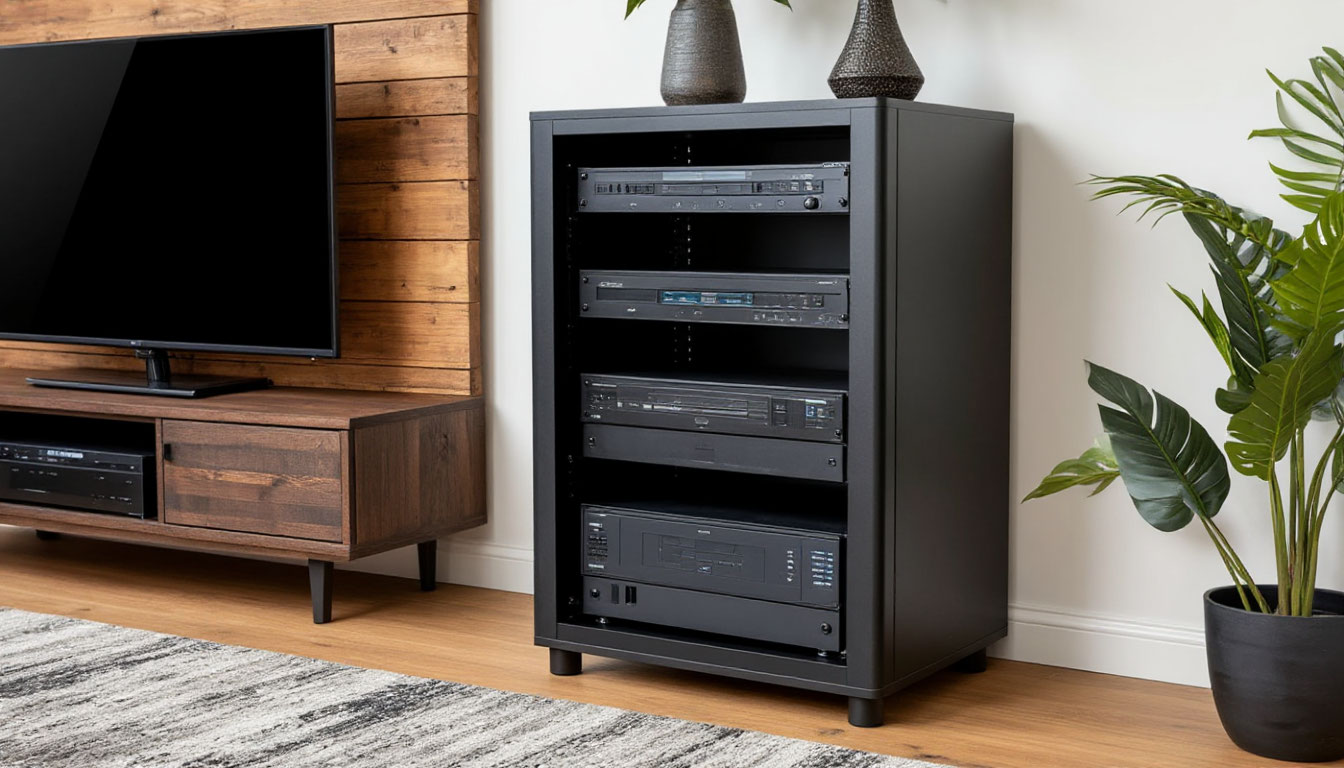
Most home owners want to enjoy movies in a good quality and with good sound. Thu...
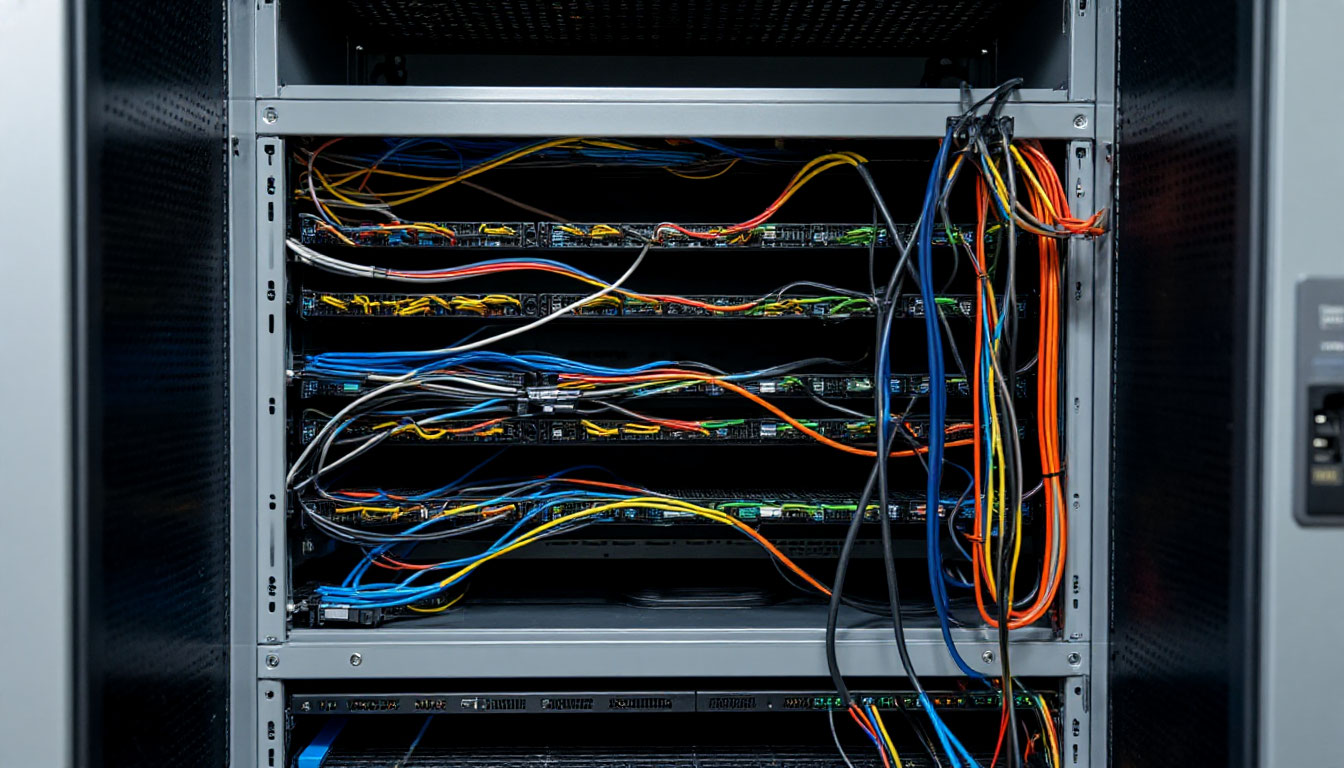
No system can function without power. Network devices consume energy during oper...